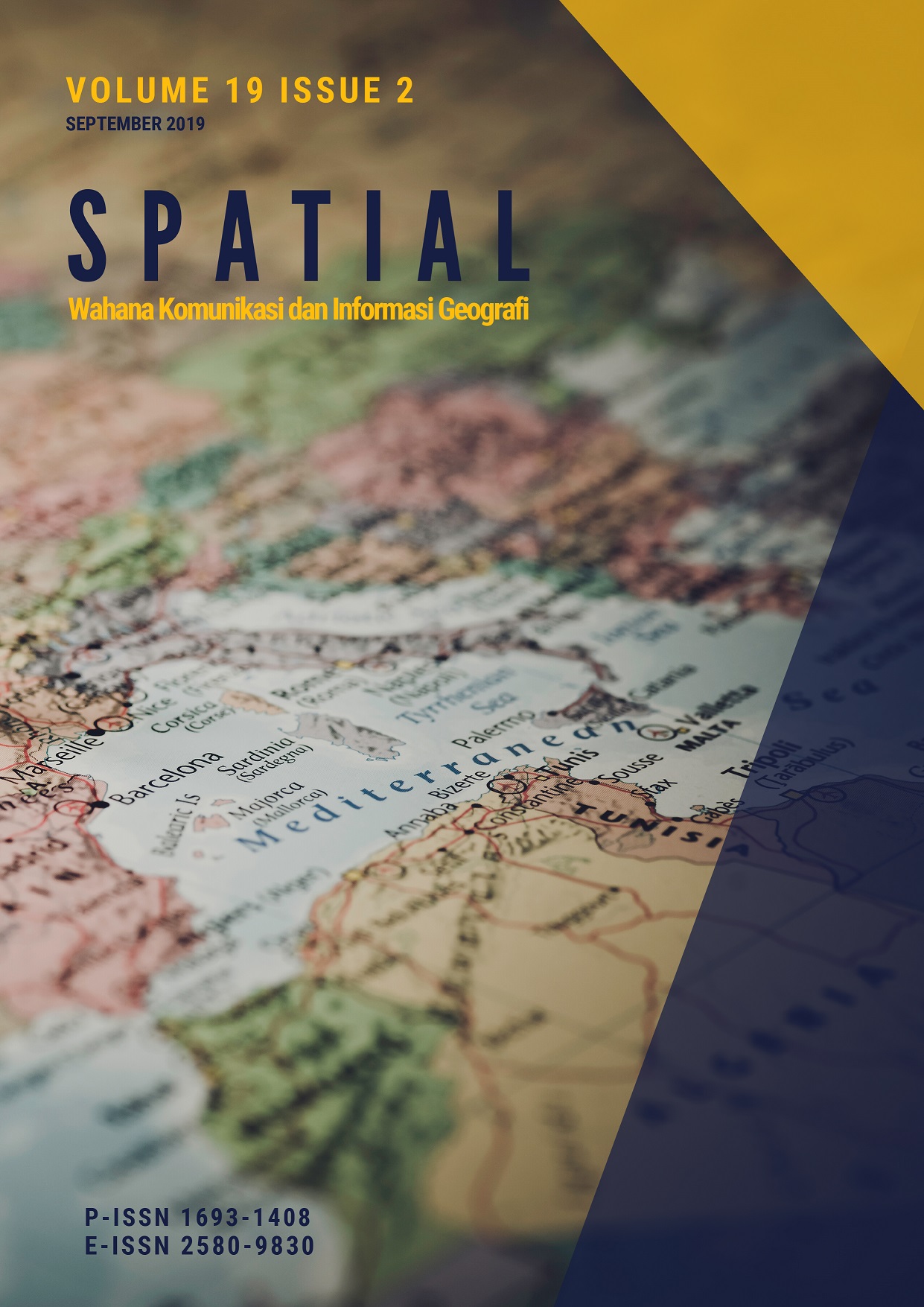Investment Analysis of New Port Development Project As a Solution to Overload Problems in Long Ports
DOI:
https://doi.org/10.21009/spatial.192.7Keywords:
Port services, Port, Feasibility Study, financial AspectAbstract
The increasing demand for port services at the Panjang port causes high levels of ship queues. The solution to overcome this problem is to build a new port. However, this new port construction project has not yet conducted a feasibility study. The purpose of this study is to assess the feasibility of port development in the Panjang district of Bandar Lampung in terms of investment or financial aspects. The methods are Benefit-Cost Ratio, Net Present Value, Payback Period, and Internal Rate of Return. The results of the feasibility study of the most profitable investment are in the seventh scenario, the Net Present Value (NPV) of Rp. 463,292,122,605.34, the BCR result of 1.2959, the IRR yield of 12.11% and the Payback Period (PP) occur in the year to thirty-seventh with an economic age of 60 years. The conclusion is that the construction of a new port can be a solution to overcome the overload of Panjang port.
Downloads
Published
How to Cite
Issue
Section
License
An author who publishes in the journal SPATIAL Wahana Komunikasi dan Informasi Geografi agrees to the following terms:
Author retains the copyright and grants the journal the right of first publication of the work simultaneously licensed under the Creative Commons Attribution 4.0 License that allows others to share the work with an acknowledgement of the work's authorship and initial publication in this journal
Author is able to enter into separate, additional contractual arrangements for the non-exclusive distribution of the journal's published version of the work (e.g., post it to an institutional repository or publish it in a book) with the acknowledgement of its initial publication in this journal.
Author is permitted and encouraged to post his/her work online (e.g., in institutional repositories or on their website) prior to and during the submission process, as it can lead to productive exchanges, as well as earlier and greater citation of the published work (See The Effect of Open Access).
This work is licensed under a https://creativecommons.org/licenses/by/4.0/









